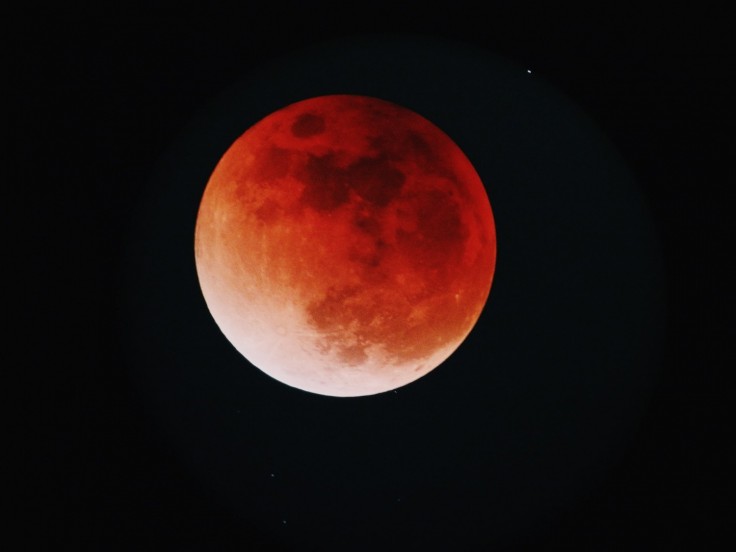
A lunar eclipse is a rare celestial phenomenon, like a solar eclipse. However, most of the world agrees that lunar eclipses are the more common of the two, according to Timeanddate.com.
NASA previously reported that a total lunar eclipse would happen on Sunday night, May 15, lasting until Monday morning, May 16, with the total eclipse peaking early on May 16. Fortunately, people within the United States could view this celestial phenomenon in action along with other countries at that time.
With the duration of a lunar eclipse being longer than a solar eclipse, you'll have plenty of time to take pictures of it. If you wish to do so, here are some tips for you to do so:
Brief Background on Lunar Eclipses
Lunar eclipses usually happen when two things happen simultaneously: when the Sun, Earth, and Moon align in that specific order. During this time, the light of the sun will be unable to reach the moon as the latter will be under Earth's shadow. Additionally, a lunar eclipse will only happen during a full moon and can last as long as six hours, according to the European Space Agency.
During a lunar eclipse, the moon's color will slowly turn into a blood-red color due to how the sun's light interacts with the Earth's atmosphere. Shorter wavelengths, such as blue light, are scattered outward while longer wavelengths, like red, are bent into the other side of the Earth.
However, the deepness of the moon's blood-red color depends on how much dust, water, and other particles are in Earth's atmosphere, as well as other atmospheric factors, like temperature and humidity, according to NASA.
Unlike a solar eclipse, which requires protective eyewear or an easy-to-make apparatus to view, a lunar eclipse is safe to look at even with the naked eye due to the Earth blocking the sun's light rather than the moon, as in the case of a solar eclipse.
How To Take a Picture of the Lunar Eclipse
The secret to a good lunar eclipse photo is a good plan and tons of preparation, Space.com said. To easily find the moon during the eclipse, smartphone apps such as PhotoPills or something similar will make tracking the moon easier for you, saving you time that can otherwise be spent on aiming your camera at the moon.
Keep in mind that you'll need to be at the shooting spot of your choice ahead of time in case setting up your camera would take some time.
Any digital point-and-shoot camera will do in this celestial photoshoot.
However, if you want the best picture, get yourself a single-lens reflex (SLR) or camera or a digital single-lens reflex (DSLR) camera so you can replace the kit lens with any kind of lens you wish to use, per Mr Eclipse.
For your camera settings, set your camera to Manual mode first if you have a point-and-shoot camera. Then, set your camera's aperture to an F-stop of f/8.0 and an ISO of 100, or whatever is the lowest ISO value of your camera) to give your camera a good depth of field and as little noise as possible.
Then, set your shutter speed to around 1/125th to 1/250th of a second. The moon, as you may know, drifts across the sky, and as such, it will undoubtedly move over time, albeit slowly. Setting your shutter speed this way allows you to freeze the moon's movement and get as much light from the moon during the lunar eclipse as possible.
If you don't like manually following the moon around with your lens, get a motorized equatorial tracker to do it for you. This device allows your camera to constantly aim at the moon once you input its position in the night sky to the device.
Lastly, remember to disable autofocus so you can get the moon pin-sharp in your shots.
As for the lenses you'll need to use to get the perfect picture, Nikon suggests that you use a long telephoto lens or a telescope to capture large images. However, these aren't must-haves if you're only looking to get some shots of the eclipse at a beginner level.









